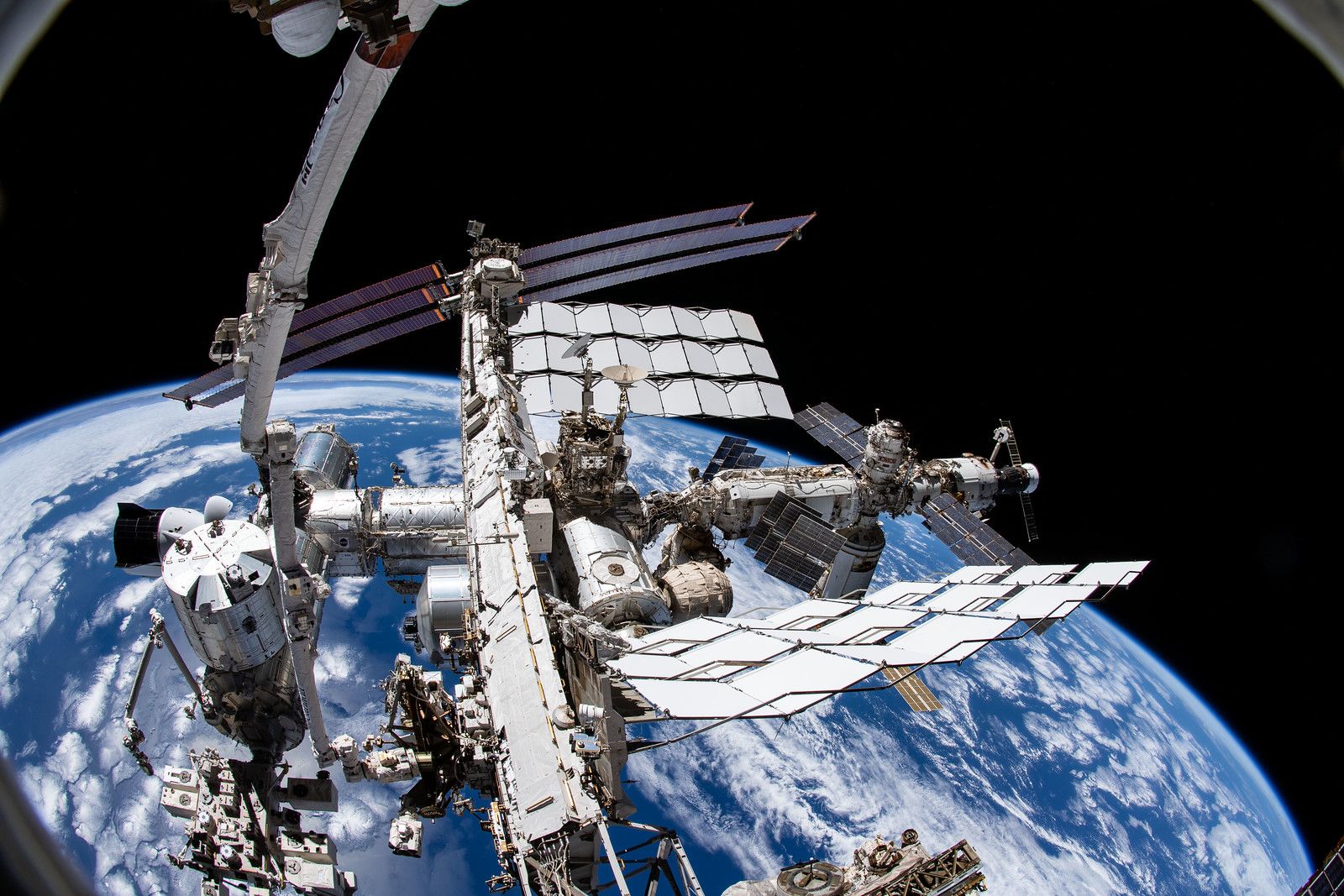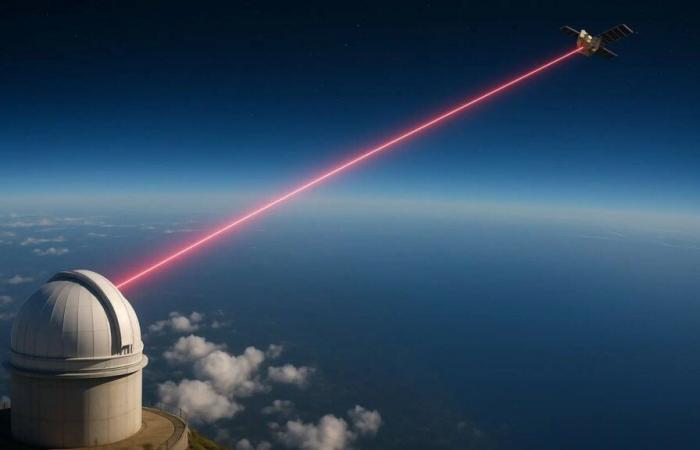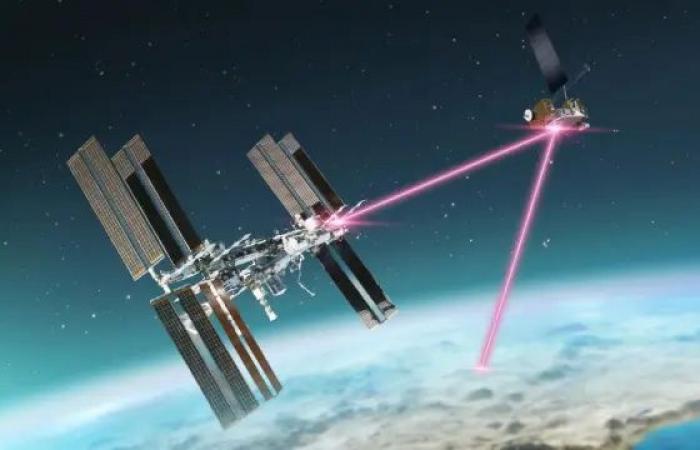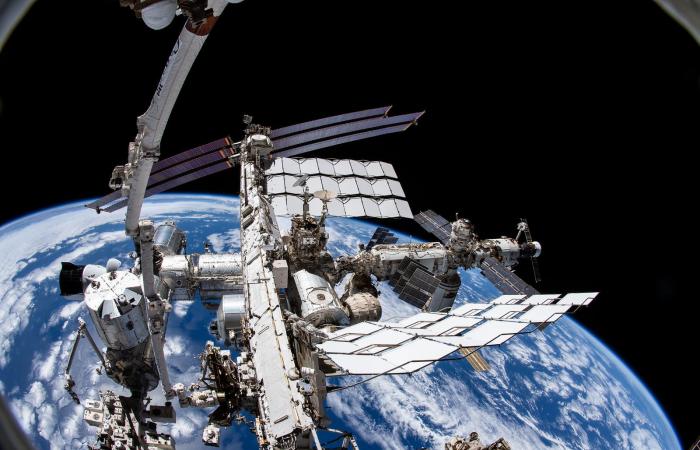Look. Points. Shoot It could be a war film, but in reality it fits a little more in a science fiction. From a land station in the province of Yunnan, a group of Chinese scientists has Millimetric precision reached to the Tiandu-1 satellite with an infrared laser. The news already sounds quite shocking like that, but it has also done so while being the goal the 130,000 kilometers. And everything has cost less than a second.
Have you not surprised you yet? To make the mission even more impossible, The test has been done by dayovercoming the intense interference of sunlight. Until now, the Sun was a barrier that limited this type of measurements to the night schedule.
The signal bounced in the satellite and returned successfully to Earth, marking a new milestone in the research and development of space technology. Because? Because it can mean a revolution for navigation and space exploration.
Key technology to explore deep space
Although it sounds for science fiction, this type of test has a very real utility. The laser system used allows you to calculate the distance and position of a satellite in the deep space. We do not talk only about aiming and hitting, but of establishing a solid base for future space navigation.
The experiment has been developed by the Academy of Sciences of China (CAS), which has been working on new spatial positioning technologies for some time.
The ultimate goal is to ensure that the next missions – tripulated or not – between Earth and the Moon can move in that environment reliability and without depending exclusively on the terrestrial GPS.
To achieve this, the researchers used a 1.2 -meter diameter telescope adapted with a improved close infrared laser system. The Tiandu-1 satellite, which is part of a technological demonstration program launched to space last March, had a retroreflector, that is, a specialized mirror to return the beam exactly in the same direction from which it was issued.
As explained from the Academy of Sciences of China to IFL Scienceachievement is comparable to “hitting a single hair from 10,000 meters.”

The new lunar race is already underway
The mission has not been a simple aim exercise. Tiandu-1 is one of the two satellites that China launched in March 2024 as part of its ambitious plan to build a communications network between our planet and the moon. He is accompanied by Tiandu-2, and together they form the first step towards a future satellite constellation designed to support the International Lunar Research Station, a project led by China with international participation.
Although NASA has already developed similar optical systems, It had not yet been possible to overcome the interference of sunlight stable. The possibility of making measurements during the day opens a new window for these operations, which until now had to limit themselves to the night to avoid optical noise.
With this advance, opportunities for precision navigation are extended and the foundations for safer, frequent and efficient missions feel.








